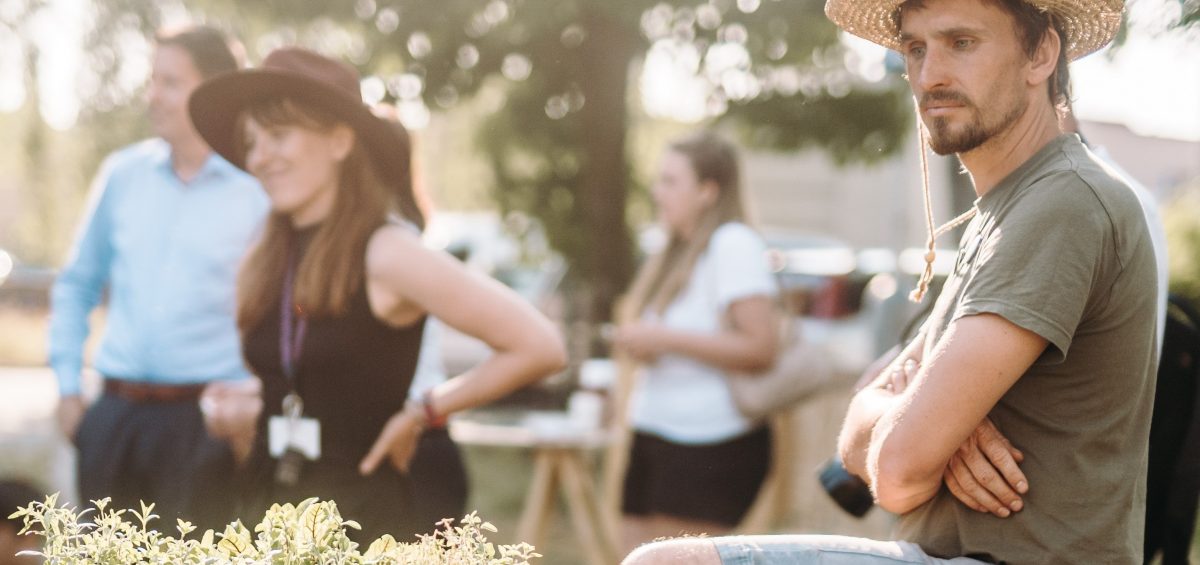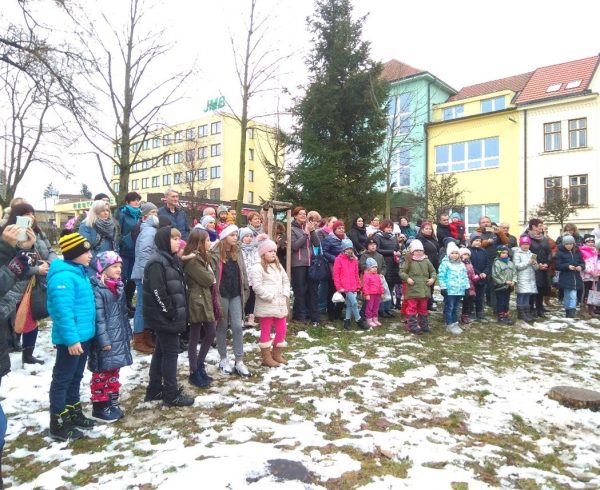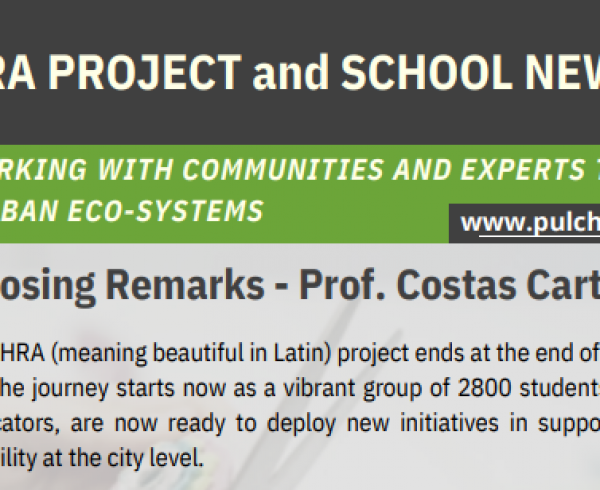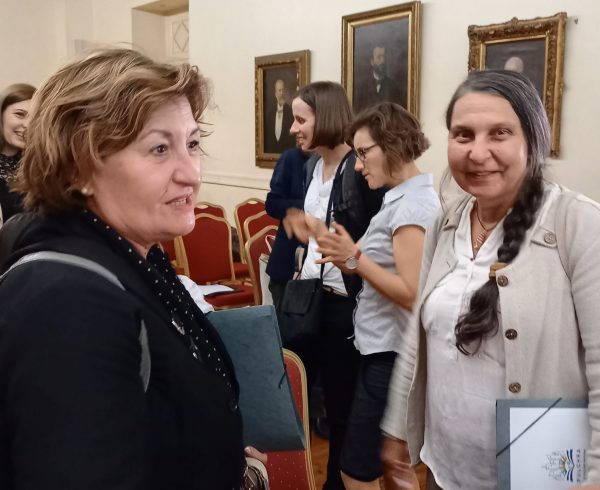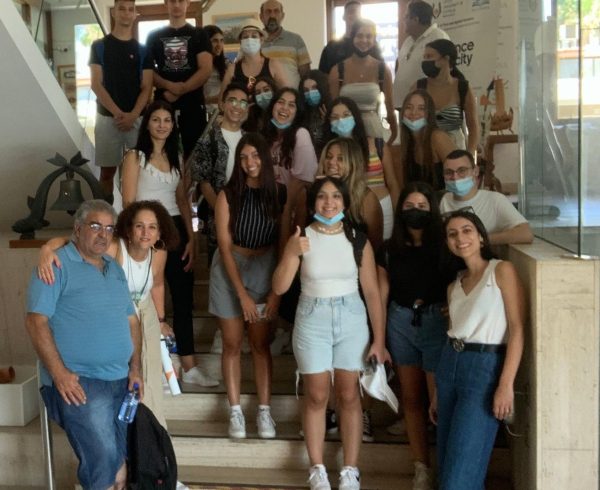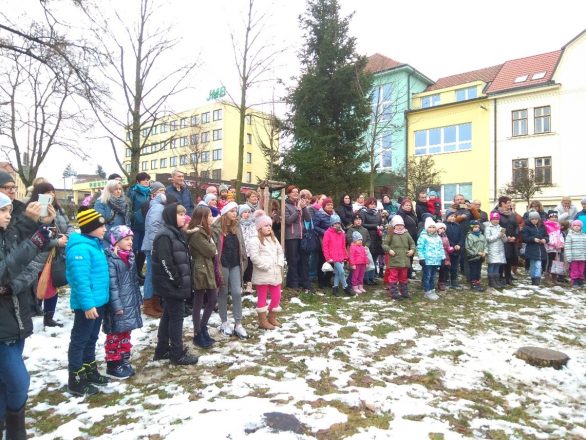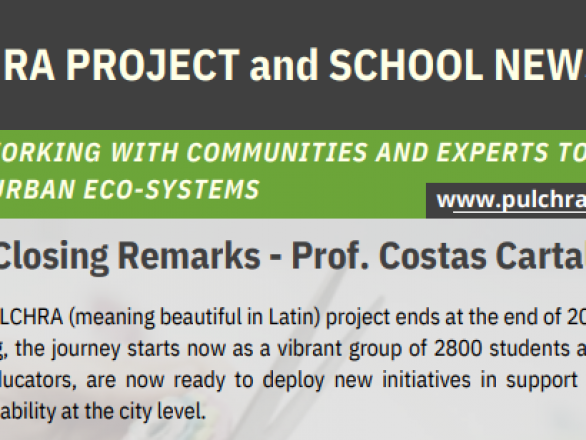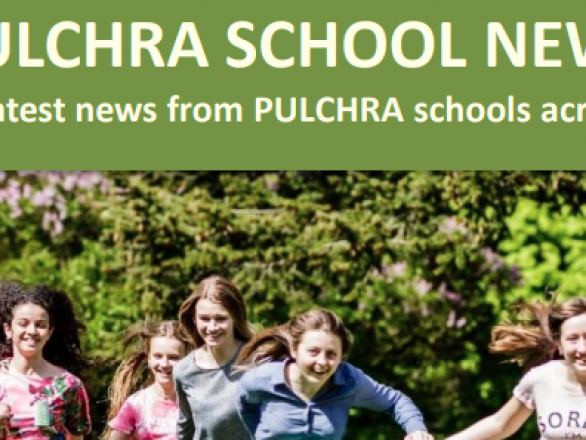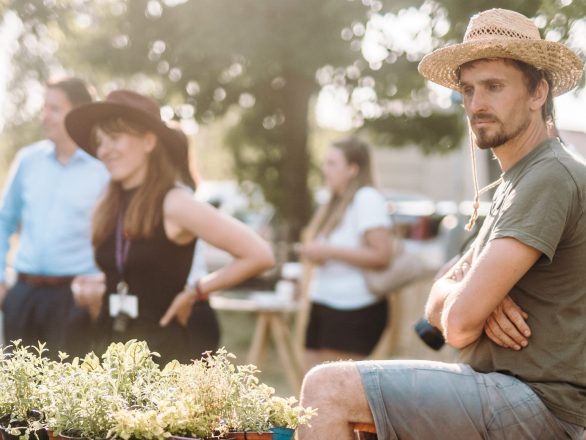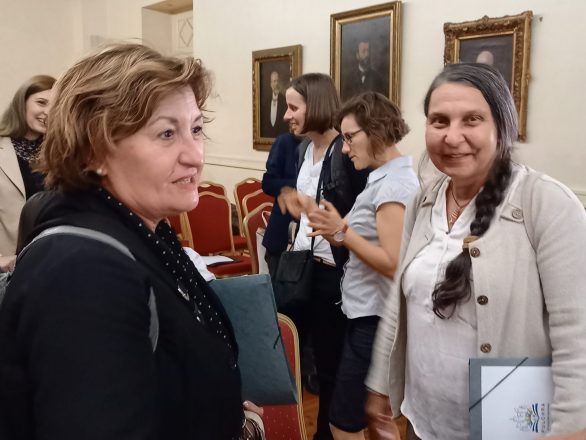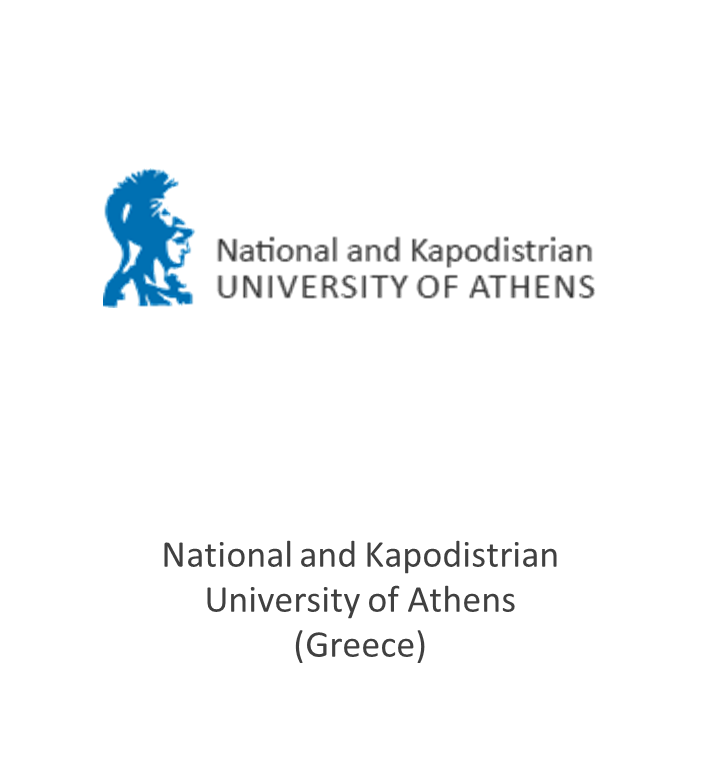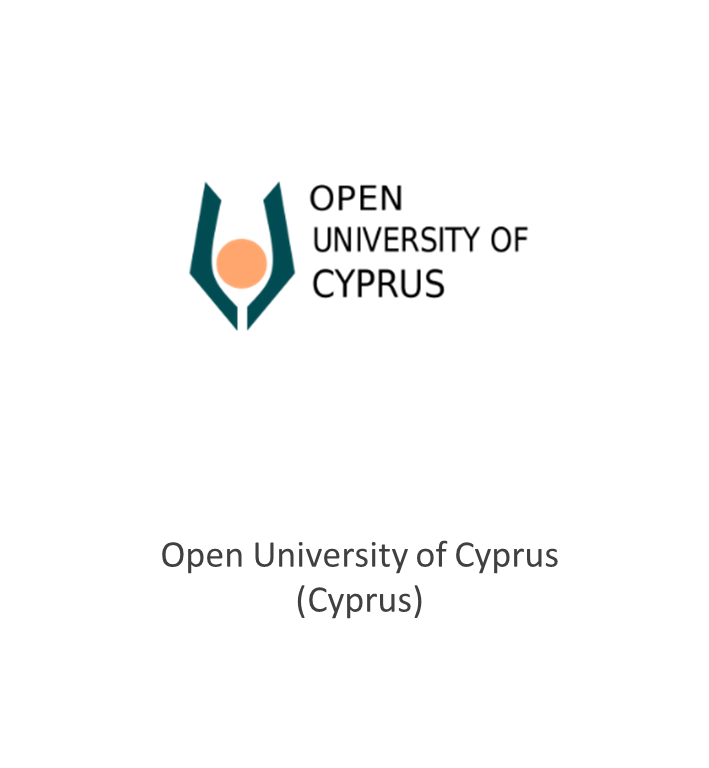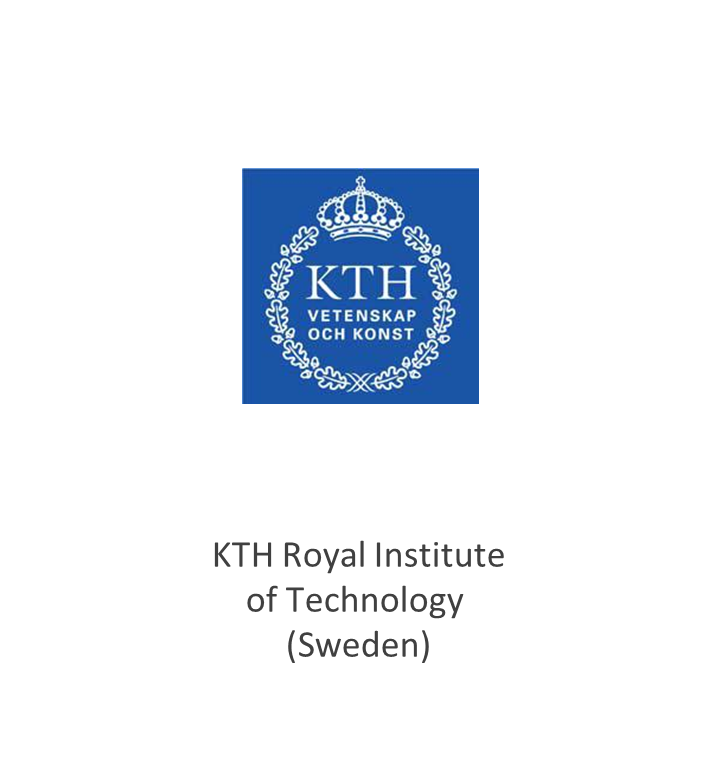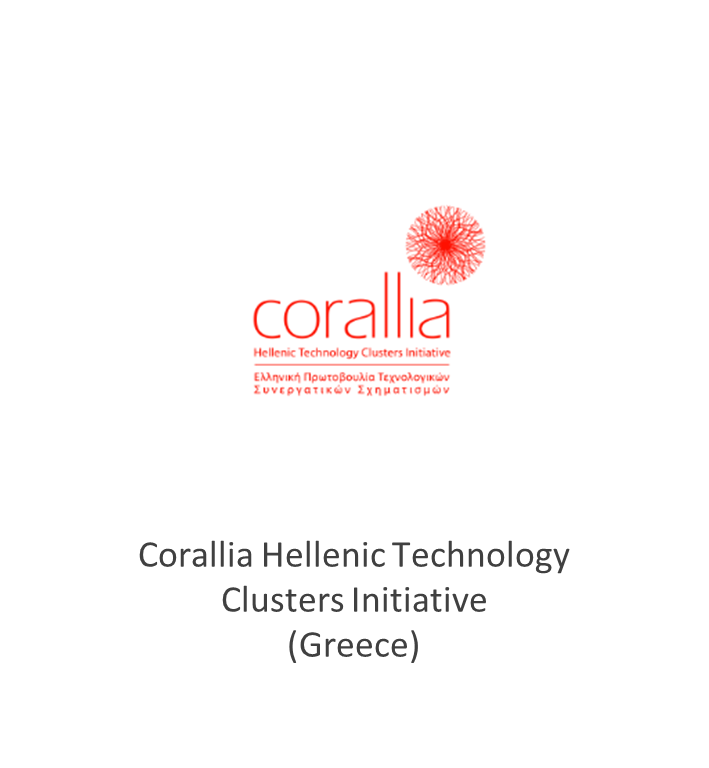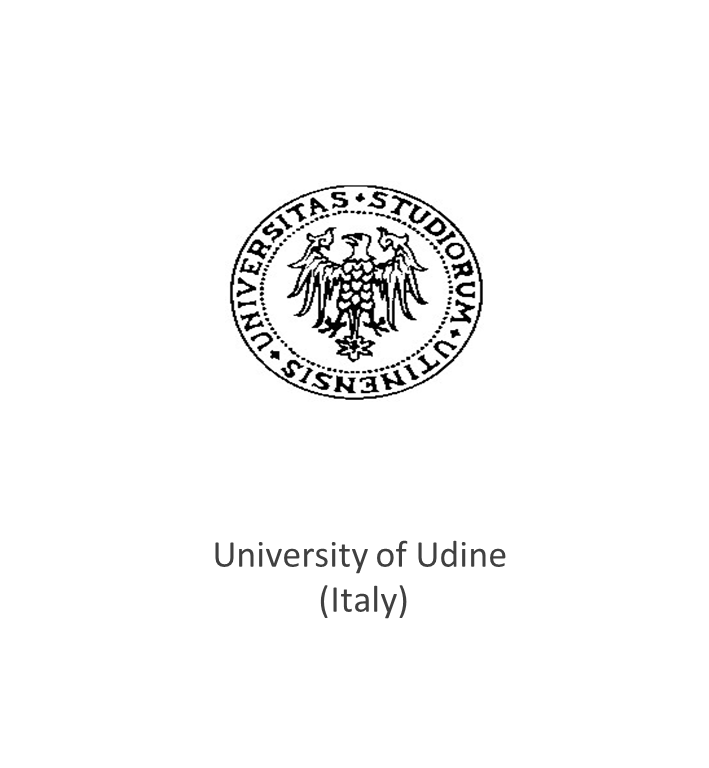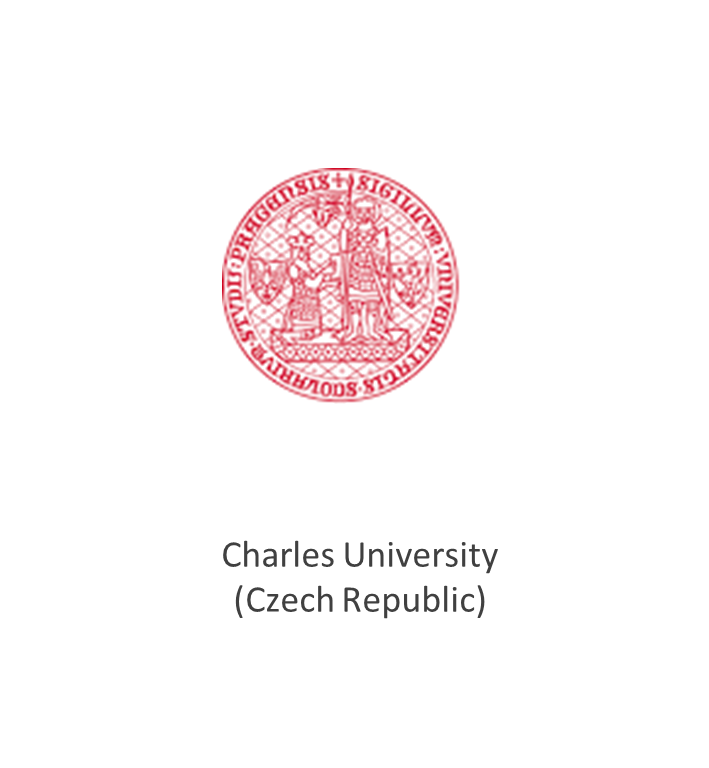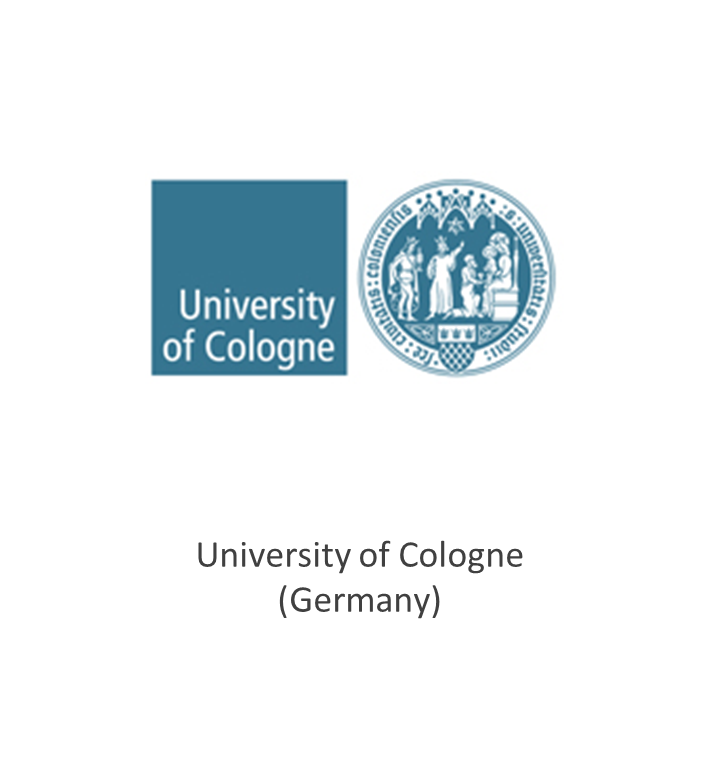The international PULCHRA project is coming to an end. There were six topics for the pupils to choose from. The most common one was urban greenery and biodiversity in the city. As the PULCHRA project was, among other things, meant to motivate the students to change their cities for the better, we would be glad if you could continue your projects or get inspired to start something new. Read about how and why to do it in our interview with Michal Plundra, a landscape architect dedicated to natural gardens and permaculture.
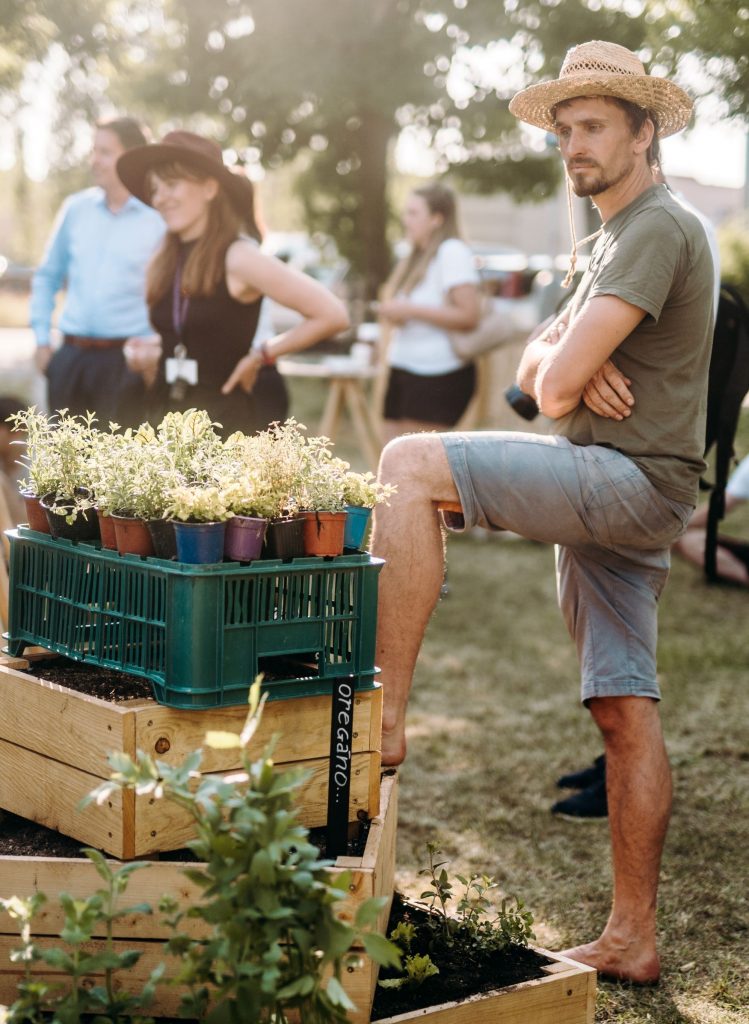
Michal, you went through the PULCHRA projects with us. A large portion was about green spaces in the city and about biodiversity. Why do you think so many school teams from different parts of Europe chose this topic?
Cities are where we live. Our immediate surroundings and their condition concern us the most. A gardener friend of mine was recently making a fuss about environmental activism and how everyone has their heads and mouths full of glaciers and deserts on the other side of the world, but the plants in their classrooms are wilting. Cities are a little bit larger in scale than potted plants, but I think that they still follow the same rule: Think globally, act locally. Plus, working with greenery and growing things has therapeutic potential that hasn’t been fully appreciated yet, everyone enjoys working with plants. Not just crazy gardeners. Promoting biodiversity is just an extension of caring for greenery.
What was going through your head when you were reading the projects?
What’s great and extremely useful about the whole project is informing the wider public about the implemented measures, and that where there’s a will, there’s a way. Nudging those who may have lost hope that something can be changed. Getting those who should be making decisions involved and reminding them that they really should be making them, that they just need to get started. We need, more than ever, to remind ourselves that we live here together, and that only together can we survive. The projects aimed at protecting our environment will have a long life and will not be forgotten, they will have successors.
School teams often tried to increase the number of insects, birds, and other animals in their surroundings. They built houses, prepared food, and adapted the environment for the animals to live safely. What would you recommend to teams wishing to expand on this topic?
These are projects that I often tackle myself. I’ll try to summarize what I consider the most important, even though many things are already included in your projects.
- Context: to support a species or group of animals, always think in the broadest possible context. Animals need a place to live, something to eat, a place to breed, and a chance to escape or avoid dangers. Try to think of other ecological links as well, to check whether supporting one wouldn’t be to the detriment of another. What kind of environmental evolution can be expected. In ecology, this is called succession.
- Working with people: explain, explain, explain. But also ask questions. Older people often have their own perception of the world. If someone has been mowing the lawn every two weeks for all their life and sees dandelions as their mortal enemy, it’s not enough to just tell them that they’re doing it wrong, even if you have a strong case for it. First you need to ask them why they think what they’re doing is right. Ideally, just nudge them to figure out for themselves that there are other ways of looking at things.
- Management plan: make plans for how to maintain what you have created. In our landscape, and in the city especially, nature does not have the power to develop in a healthy way without our support.
Biodiversity is certainly related to water in the city. Moreover, cities have recently been struggling with water scarcity. This was also the topic of some student projects. What would you recommend to those who decide to tackle water/droughts in the city?
Water is life. Nothing less, nothing more. Again, to borrow a saying from permaculture: In times of drought, think of floods. In times of rain, think of droughts. Gone are the days when the weather could be relied upon, and people were coming up with weather sayings that really worked. We must prepare for everything. So let’s get on with it, there’s plenty to work on while there’s still time.
While you were talking about water, it occurred to us that it is linked with another topic that came up within the PULCHRA project. We are referring to the urban microclimate and the link with urban heat islands. It may seem like an important topic, but students shouldn’t be afraid of it, right? How could they contribute to improving the urban microclimate?
Personally, I prefer heat to cold, so I quite enjoy the heat island of Prague. 😊 I’m of course downplaying it a bit. It’s a topic that needs to be addressed or at least brought to attention. We can take measures on our properties and in our gardens, but we can also get involved and join civic associations that have a say in whether trees are cut down and if so, whether new ones are planted instead. Keep an eye on officials and developers in terms of where our city is going.
You mentioned some things that students can change to further improve the environment of their cities. But besides that, it is important to let people in the city know what is happening and why. And most importantly, to try and get people to spend more time outside. Can you think of any ways schools could bring people closer to nature? Or how could students get people to spend more time outside and show them the beauty and importance of urban nature?
Organise themed exhibitions, field trips, garden parties, and workshops at your school. Try to connect with your local ČSOP (Czech Union for Nature Conservation) or other environmental organisation and join forces with them.
What would you say to the students who have now completed their projects?
Don’t forget to celebrate your projects properly before you dive into new ones! And not just by partying, but by showing off your successes wherever you can, and reflecting responsibly on what’s been done so you will be ready for your next projects.
You can read about how Michal supported teachers on regenerating the outdoor area around a school, Píšť primary school, in the Czech Republic – click here.


